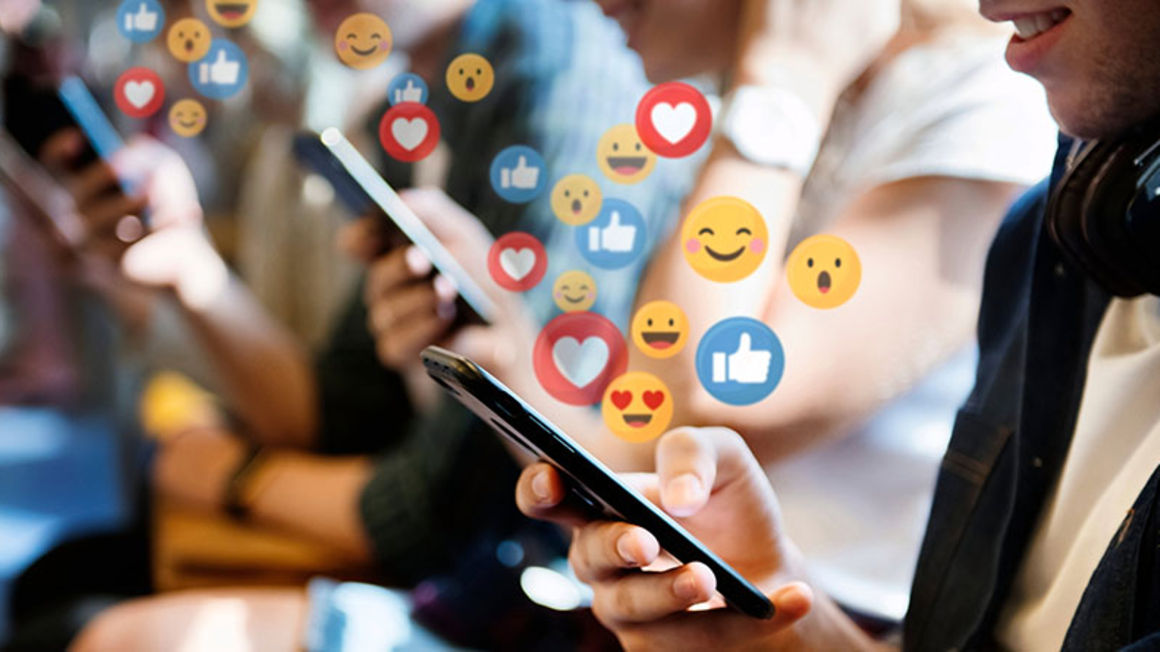
Summary
- Social media, as a bidirectional channeled communication mode, creates a double edged sword though.
- Anyone can say anything.
- Incidence of online assault on institutions, their staff or the quality of services offered by disgruntled customers, sometimes externally influenced to soil an institution’s name are not unheard of.
At a training for hospital managers a few years ago, a question was asked about which is the most strategic position to place ads for health services providers? The second one, was at what point patients decide they are going to see a medical practitioner? The two answered jointly, should then determine where and when marketers of health services would position their ads for maximum audience.
As this was a German city, it turned out that train stations and trains were particularly good placement points for such content. The reason being that fleeting vision adverts didn’t serve well for medical content, since it required some time to read. Secondly, most people rely on the same train and routes for their commutes. The few minutes before the train arrived was usually a good “attention capturing” slot together with the silence in the train. Since our train travel is minimal, the equivalent for Kenya would be matatus and their termini.
In comparison to the West, our medical marketing and by extension advertising are nascent. The reason being that for a very long time, doctors and pharmaceutical companies were gagged as to what and how they could sell their products to wananchi. Not until recently were these rules eased, allowing for some form of marketing, albeit regulated in content.
Today, almost any decently sized health facility is investing in a marketing department. This has come because hospitals, previously operating with only medical and accounts teams, have now adopted marketing to boost revenues and brand loyalty. The private sector has become quite competitive and health entrepreneurs have to invest time and resources to capture attention of potential clientele.
For those keen enough, you may have noticed billboards advertising hospitals, medicines or medical services along our roads and in strategic areas. Until a decade ago, this wasn’t very common and was the purvey of only a select few hospitals.
The tools at our disposal range from outdoor media to printed material like brochures and pamphlets, branded dispensing bags and report.
What has however recently emerged, is the power of digital media, which targets the relatively tech savvy population segment. Its advantages are the costs as well as ability to reach more people. Websites, social media pages like Facebook, Instagram, Twitter are just some of the channels being used by health facilities to communicate with their clientele.
Social media, as a bidirectional channeled communication mode, creates a double edged sword though. Anyone can say anything. Incidence of online assault on institutions, their staff or the quality of services offered by disgruntled customers, sometimes externally influenced to soil an institution’s name are not unheard of.
The four component to adhere for as recommended by the advertising professionals are: attention capture, brand linkage, communication and that it is “sticky”.





No comments :
Post a Comment